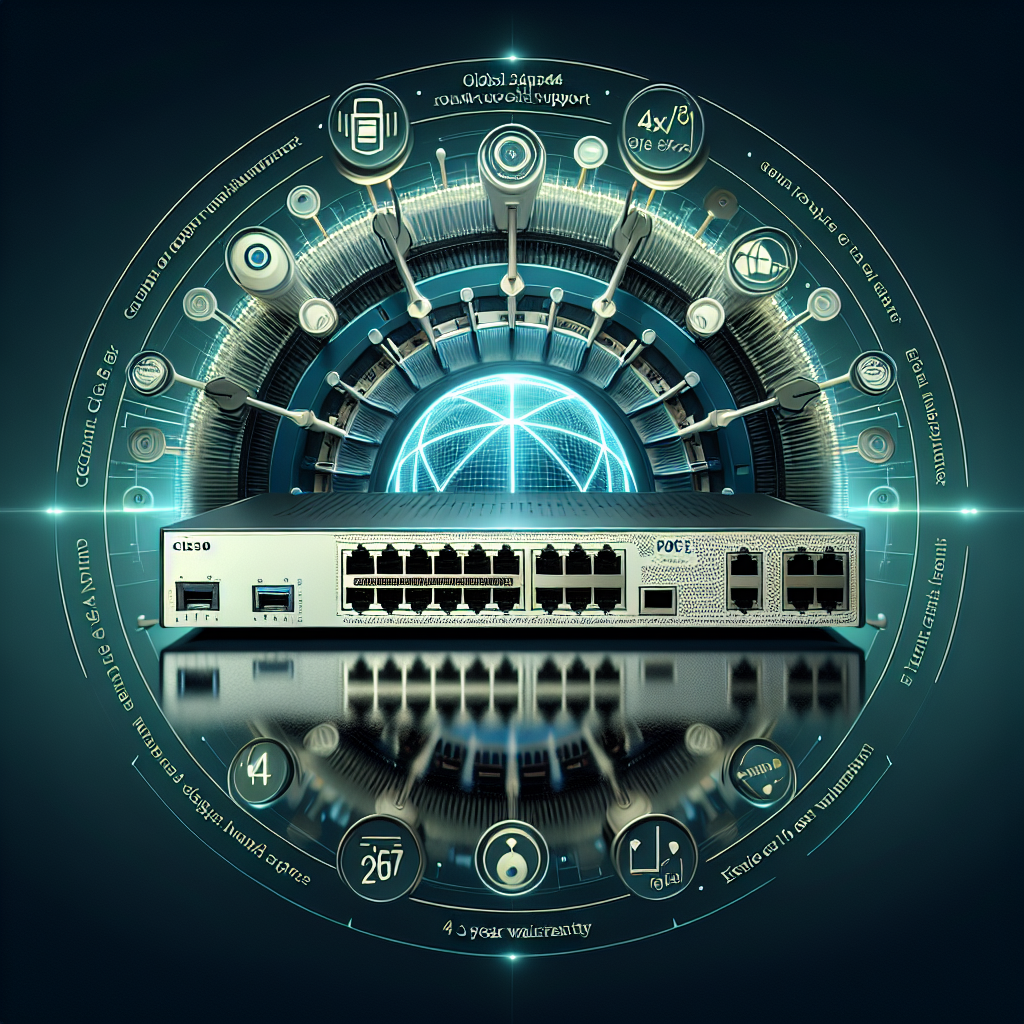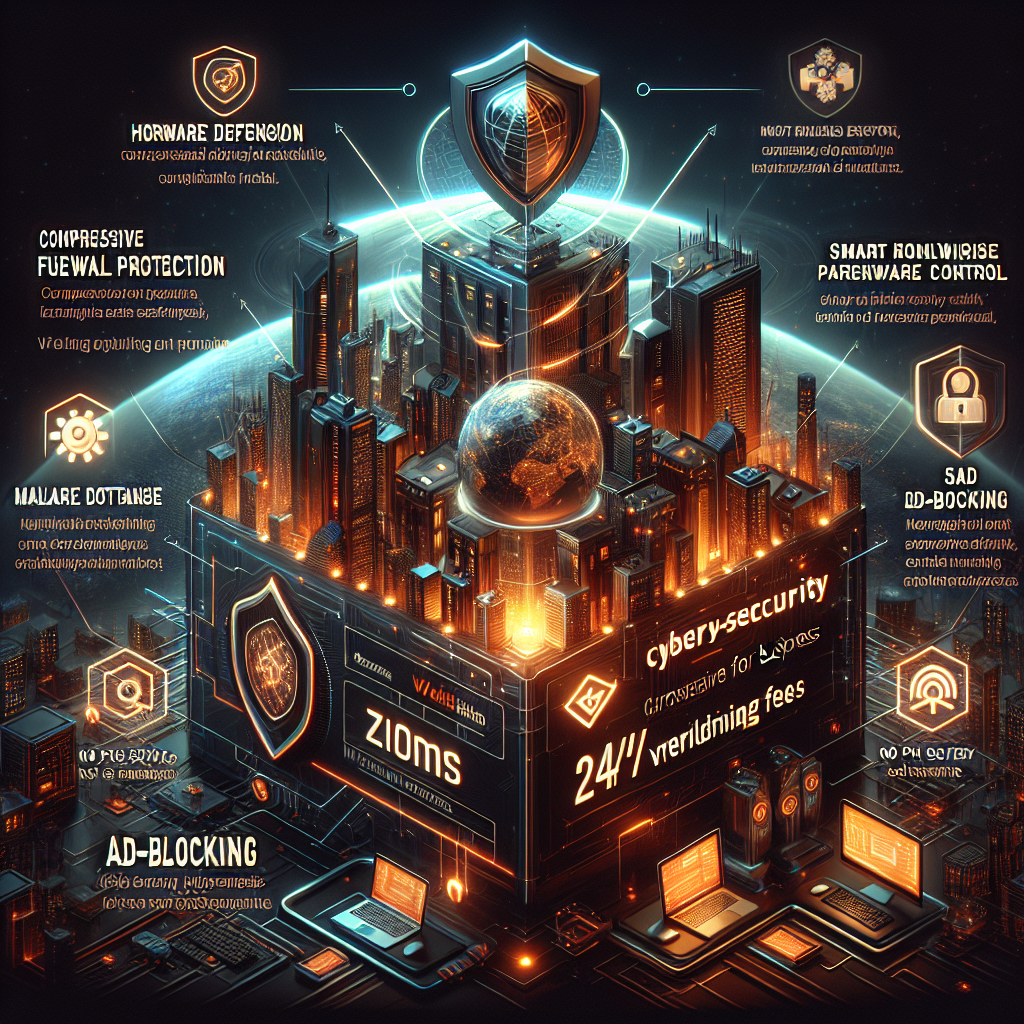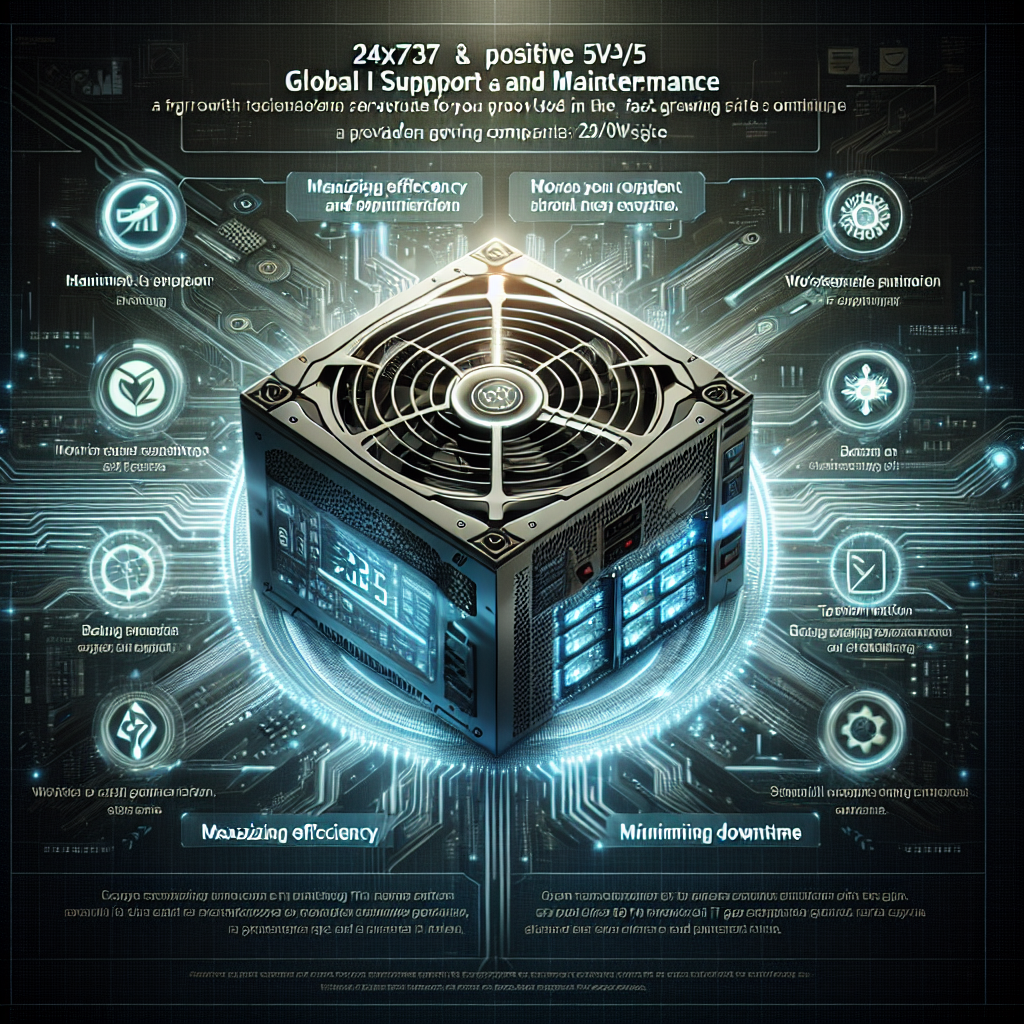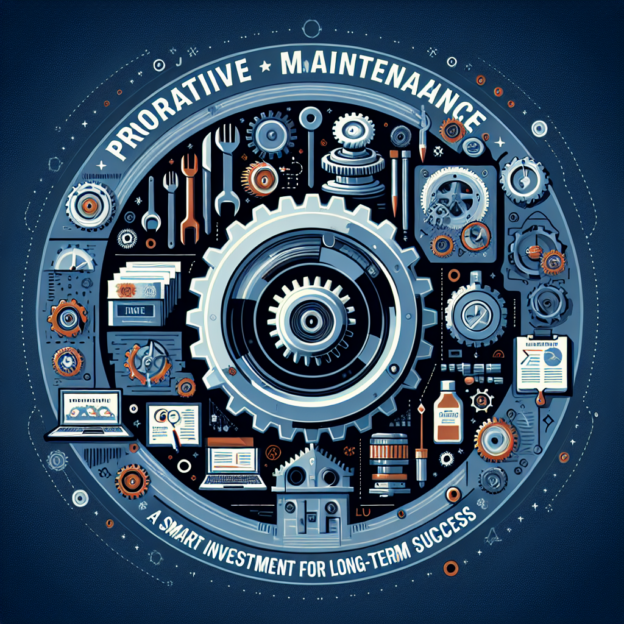Are you looking for a reliable and efficient IT services provider? Look no further than Zion, the fastest growing Global IT Services Company! With 26 years of experience, Zion has been providing global 24x7x365 services for datacenter equipment like servers, storages, networking, and more. Our proprietary AI-powered systems and proven track record of reducing incident resolution time by 50% make us the top choice for businesses worldwide.
Introducing the Cisco Business CBS220-48P-4G switch, a simple and affordable smart switch for business-class networks. With 48-Port 10/100/1000 + 4 x 1G SFP ports, 48 PoE ports with 382W total power budget, and features like IEEE 802.1X security, Denial-of-Service attack prevention, and Energy Efficient Ethernet compliance, this switch is designed to optimize power usage and lower operational costs. Plus, with a 3-year limited hardware warranty and one-year technical support, you can have peace of mind with your investment.
At Zion, we offer a comprehensive range of IT services, including core infrastructure, technology and hardware, operations and management, sustainability and environmental impact, services and business, and security and compliance. From data center management to disaster recovery as a service, we have the expertise to meet all your IT needs. Plus, we also recycle IT equipment and offer IT equipment rental services.
Visit our website today to explore our large inventory of IT equipment for sale, and sign up for our newsletter to stay updated on the latest industry news and trends. Contact us at commercial@ziontechgroup.com to request a commercial proposal and discover how Zion can help your business succeed.
#Zion #ITservices #CiscoBusiness #Datacenter #Networking #Security #GreenIT #AI #CloudComputing #DisasterRecovery #DataCenterManagement #Colocation #Cybersecurity #Sustainability #HybridCloud #EmergingTrends
#CISCO #DESIGNED #Business #CBS22048P4G #Smart #Switch #Port #PoE #4x1G #SFP #3Year #Limited #Hardware #Warranty #CBS22048P4GNA, #cisco











You must be logged in to post a comment.